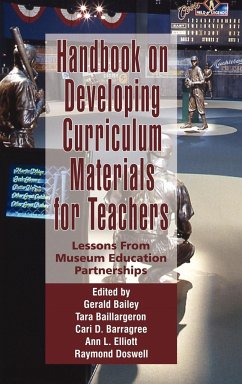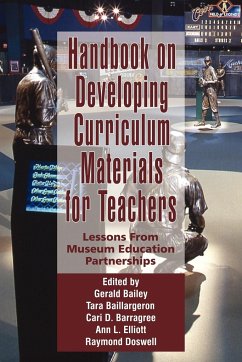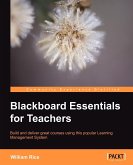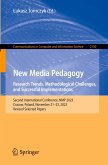This book provides an essential resource for educators and museum professionals who wish to develop education focused eMuseums that feature motivational standards-based curriculum for diverse learners. The book is divided into three sections: Section 1. Planning, Developing, and Evaluating eMuseums guides the reader through the stages of planning, creating, and evaluating a user-centered eMuseum. This section provides an overview of the process of planning, creating, and evaluating an eMuseum, giving small and medium sized museums the framework and guidance needed to create an eMuseum. Section 2. Museum and Public School Partnerships: A Step-by-Step Guide for Creating Standards-Based Curriculum Materials in High School Social Studies is the second section. This section includes how to: a) form a partnership, b) create standards-based curriculum materials, and c) provides curriculum material evaluation strategies. Section 3. Developing Accessible Museum Curriculum: A Handbook for Museum Professionals and Educators. Educators in both museums and schools are faced with the task of delivering content to patrons with increasingly diverse interests, skills, and learning needs. This section outlines specific strategies that can be applied to curriculum to expand its application to broader audiences. This section includes: (a) content presentation, (b) content process, and (c) content product. Throughout the book, materials created from the Negro Leagues Baseball Museum (NLBM) and Kansas State University (KSU) partnership are included as product examples.
Hinweis: Dieser Artikel kann nur an eine deutsche Lieferadresse ausgeliefert werden.
Hinweis: Dieser Artikel kann nur an eine deutsche Lieferadresse ausgeliefert werden.








